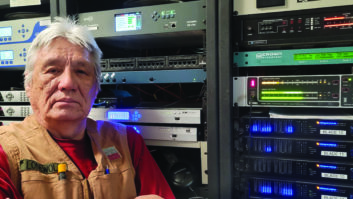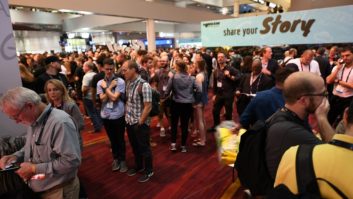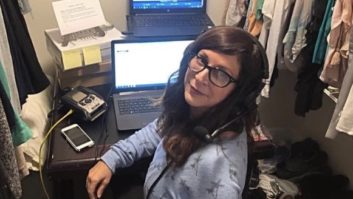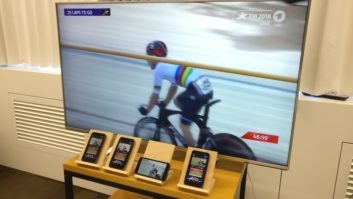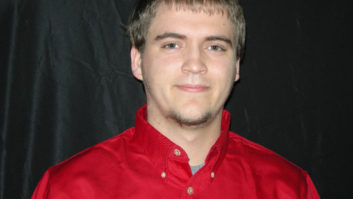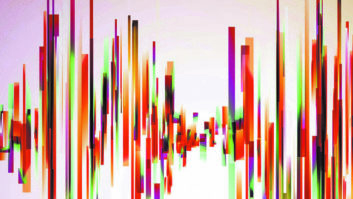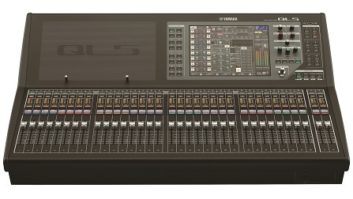Wrapping up the recent spring NAB Show season, we asked a few top tech executives what themes caught their attention at the convention. We heard about studio virtualization, cloud-based automation systems, social media management tools and all things IP.

Steve Johnston, president of the Association of Public Radio Engineers, said it “seems like everything has an Ethernet port and a built-in web server” these days. But Johnston, whose priority at the spring show was the overlapping Public Radio Engineering Conference, also was struck by how many times presenters mentioned the growing issue of RF noise. “Or perhaps it’s just that more people are recognizing the problem. What good is a radio receiver if it can’t pick up any stations out of a sea of noise?” Johnston said.
In addition, he is closely following recent work of the National Radio Systems Committee in RBDS/RDS standards and new emergency alerting efforts; and he mentioned work being done on single-frequency networks — SFNs, synchronized on-channel booster systems — that could be very helpful to stations.
Jeff Littlejohn, executive VP of engineering and systems integration for iHeartMedia, browsed the offerings on display. He saw a number of products to help announcers and programmers manage the vast social media connections with listeners — and even to execute new creative tasks and workflows around those interactions.
“The connection we have with listeners is what sets radio apart from other forms of media, so it was great to see several companies thinking about how to improve that connection,” he said.
MORE ON-DEMAND
He also mentioned Wheatstone’s Switchblade product as promising for replacing ISDN or other audio remotes, eliminating the need for a studio phone system or intercom and allowing ad-hoc creation of audio networks.
One corporate engineering manager sensed momentum in software processing that operates in the cloud. There were a handful of cloud-based automation offerings that were interesting, he said.
Another engineer noted that some vendors are moving toward an “embedded Importer/Exporter” for stations broadcasting HD Radio.
Alex Roman, director of integrated technologies for Emmis in New York, saw substantial progress towards expanding on-demand and multimedia content delivery.
“The tools have improved and broadcast companies are working to use their talent and other existing assets to deliver content that the audience can consume on their own schedule,” Roman said. “The large podcast audience delivered by existing radio broadcasters was often discussed, particularly the enormous success by public radio organizations.”
One of the most promising changes Roman saw during the show was studio virtualization. “The same way that server virtualization has changed IT, this will change how we think about our production environment,” he said.
Roman said Telos demonstrated a platform which combined console control, automation and digital media management “on a single pane of glass,” a user interface design term to imply consolidation of different functions into one container.
“For example, you can do a large touchscreen for a host with everything on it, or put tablets at co-host positions with a single mic control and button bar play-out from automation, or give a producer a wireless tablet to help run the board.
“It has the potential to provide much more flexibility in production. It’ll be easy to take the morning show into a video production studio or a space that can accommodate an audience. If you want to produce a live webcast program you can have all the assets of your studio plant with less hardware,” he said.
RECRUITMENT CHALLENGES
The NAB Show means different things to different people. Yet another engineering manager said this year’s show “felt more like an evolution year than an innovation year.”
“This felt like a really good show though, but not because of new or emerging tech in the radio universe, but because people seemed to be spending money and vendors seemed to be very willing to listen and share opportunities.”
Additional areas of interest, as reflected in the agenda of the Broadcast Engineering and IT Conference, included new workflows for on-air radio talent; management of IP traffic across radio STLs; the uses of voice assistance in local media; and the operation of wireless mics in the wake of the FCC incentive auction. Podcasting continues to surprise. And beyond radio, the themes of artificial intelligence, cybersecurity, cloud migration and the uses of “big data” were evident.
More than one engineering manager mentioned the biggest challenge remains the recruitment, development and training of technical staff.
“The number of people able to integrate, manage and maintain everything in a broadcast plant continues to shrink and the required skill set continues to expand. We now have a complex server, data storage and application environment that requires constant upkeep to stay online, plus maintain the studio environment and transmitter plant and handle administrative tasks,” said one.
What tech trends are on your mind? Email us at [email protected] with “Letter to the Editor” in the subject field.





